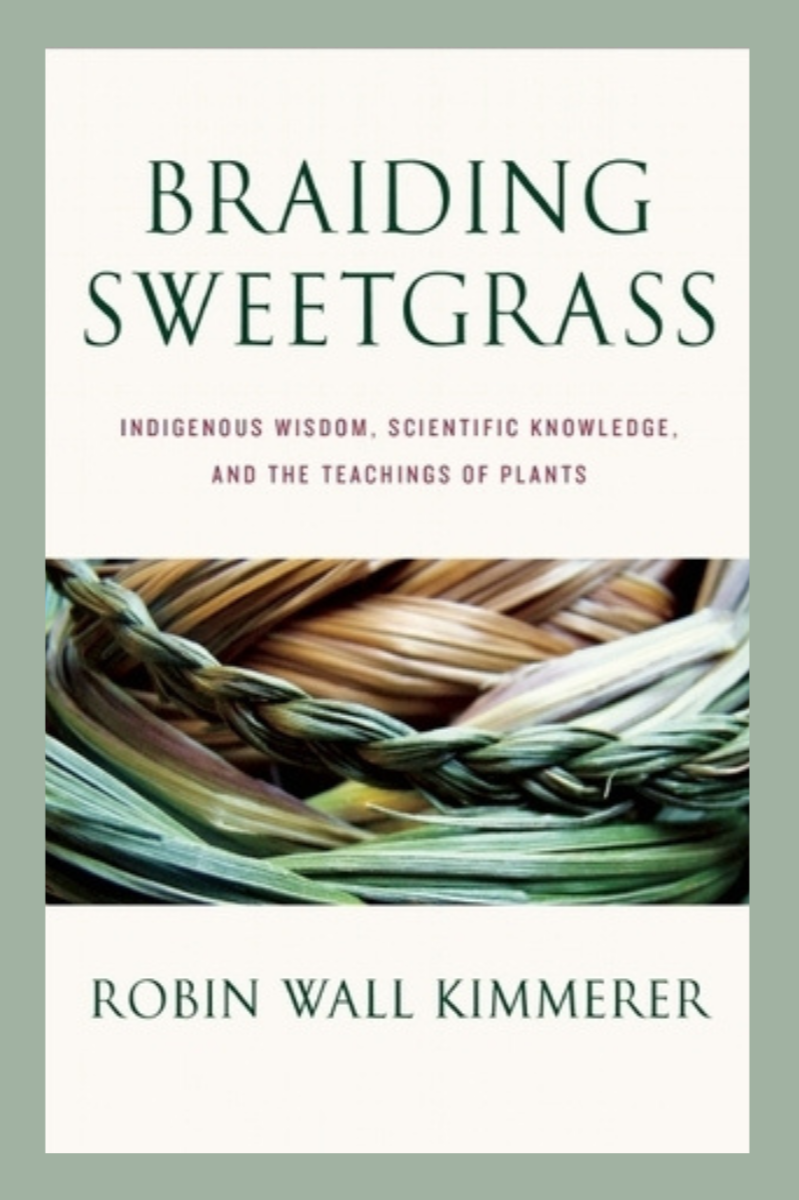Ultimately, “Hamnet” is a moving examination of grief and the quiet costs of ambition. By keeping Shakespeare himself mostly offstage, O’Farrell centers the family left behind. Not for everyone, but worth the time for readers who enjoy dense, atmospheric historical fiction.
The Audiobook All-Stars and the Hall of Shame
Curious who the best and worst audiobook narrators are? I’ve compiled a hall of fame and shame based on five years of audiobook reviews.
2025: My Year in Reading
If last year was about proving I could still balance being a reader, hobby writer and professional, this year was about trusting that I am one. Reading didn’t compete with the rest of my life – it moved alongside it. That feels like real progress.
2025: The Best and Worst Audiobooks I Heard
With audiobooks making up nearly 80% of my reading this year, what I observed is that great audiobook narration isn’t about performance, range or theatrics – it’s about restraint.
2025: The Best and Worst Books I Read
Genre mattered far less than execution. YA, westerns, memoir, horror, literary fiction – even lighter romance – were all fair game. The result is a year light on five-star reads but heavy on discernment. Not a banner reading year, but certainly a clarifying one.
A Boy’s Own Story – Edmund White
This book may be a pioneer, but I don’t think it’s essential gay reading – not unless you’re interested in a very specific, very dated form of self-loathing filtered through ornate language.
The True True Story of Raja the Gullible (and His Mother) – Rabih Alameddine
“True True” is far more entertaining than its dust-jacket suggests, and it’s absolutely worth the time. It exceeded my expectations and, like last year’s winner “James,” suggests the National Book Award isn’t afraid of honoring a novel that’s broadly appealing without being shallow.
Buckeye – Patrick Ryan
A tender, character-driven novel about marriages, secrets and small-town lives—sweeping yet intimate, and one of my standout reads of 2025.
Cat’s People – Tanya Guerrero
The rotating POVs – Núria, Bong, Collin, Lily, Omar and, of course, Cat – should’ve added texture, but instead it reads like a roll call of “these are the people in your neighborhood,” each with a conveniently tidy arc and a few prepackaged quirks.
Before the Coffee Gets Cold Series (Books 1-3) – Toshikazu Kawaguchi
If you’re curious, read the first book and stop there. You’ll get the warmth, the melancholy and the best of the concept without watching it grind itself down. And seriously — if you put a cat on the cover, give me a cat in the book.
No Hiding in Boise – Kim Hooper
A mass shooting ties three women together, but despite the emotional setup, “No Hiding in Boise” struggles to go beyond surface-level grief and melodrama. Well-structured, but not all that memorable.
Heartwood – Amity Gaige
“Heartwood” isn’t the best book I’ve read this year, but it’s among the most gripping. Perfect for readers who want substance and momentum, or book clubs looking for both literary depth and genuine suspense.
Between Two Kingdoms: A Memoir of a Life Interrupted – Suleika Jaouad
This is a hard book beautifully written, and one I’m glad I read. It reminds you that the line between health and sickness, between the life you planned and the one you get, is thinner than we like to believe.
A Deep Dive Into the Works of David Sedaris
While this started as homework, it became one of my most unexpectedly enjoyable reading projects in years. Binging Sedaris felt like watching a long-running sitcom that occasionally veers into tragedy.
Braiding Sweetgrass: Indigenous Wisdom, Scientific Knowledge and the Teachings of Plants – Robin Wall Kimmerer
It’s a dense book – beautifully written, but the kind of writing that demands you be fully present. I couldn’t listen for more than about 45 minutes before my mind drifted, not because the content was dull, but because it’s a lot to absorb.
Careless People: A Cautionary Tale of Power, Greed and Lost Idealism – Sarah Wynn-Williams
A juicy, unflinching memoir from a former Facebook exec exposing toxic leadership, global consequences and the cost of unchecked idealism in Big Tech.
Bog Queen – Anna North
Anna North’s latest blends murder mystery, myth and environmental tension into something that’s part archaeological thriller and part exploration of land and legacy. It’s beautifully written but also oddly paced, making it a story that feels both historic and contemporary, though not always cohesive.
If the Dead Belong Here – Carson Faust
A haunting but uneven gothic debut where grief, Indigenous folklore, and family trauma intertwine—ambitious, atmospheric, and ultimately exhausting.
The Buffalo Hunter Hunter – Stephen Graham Jones
A haunting, Indigenous twist on the vampire myth, “The Buffalo Hunter Hunter” blends frontier realities, vengeance and grief into a brutal, beautifully written horror story.
Lonesome Dove – Larry McMurtry
Larry McMurtry’s Pulitzer Prize–winning novel “Lonesome Dove” turned 40 this year, and it’s easy to see why it still resonates. On the surface it’s about a cattle drive from Texas to Montana, but beneath the gunfights and frontier myth-making, it’s really about fidelity, friendship and the cost of dreams.



















